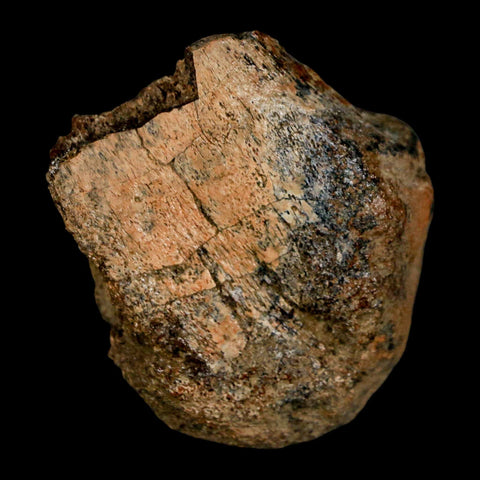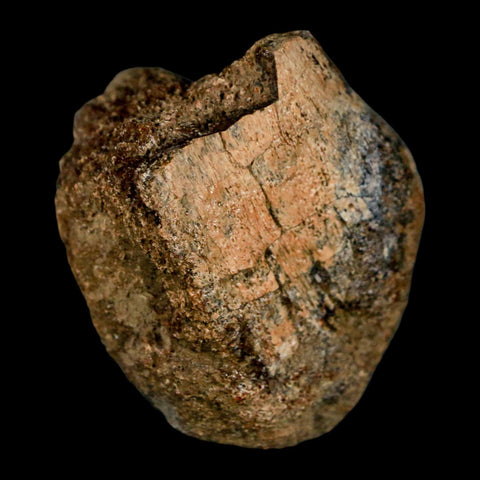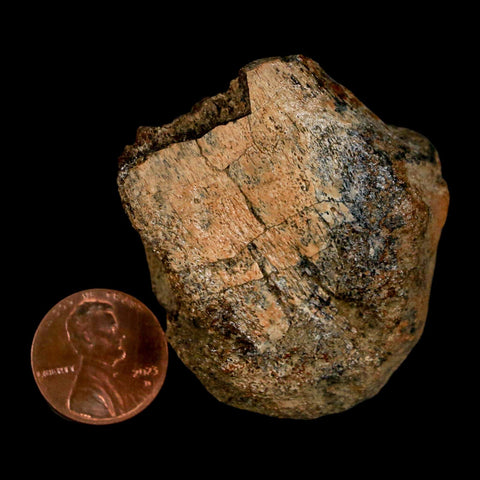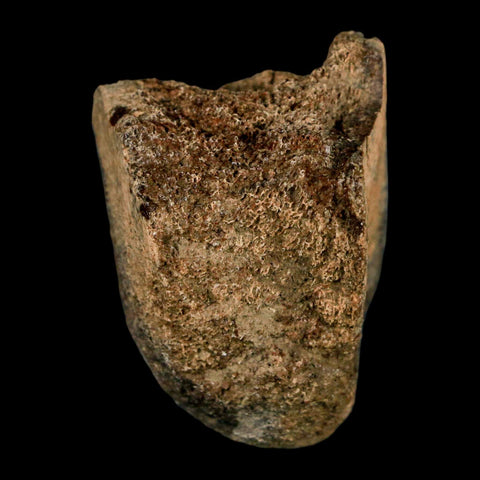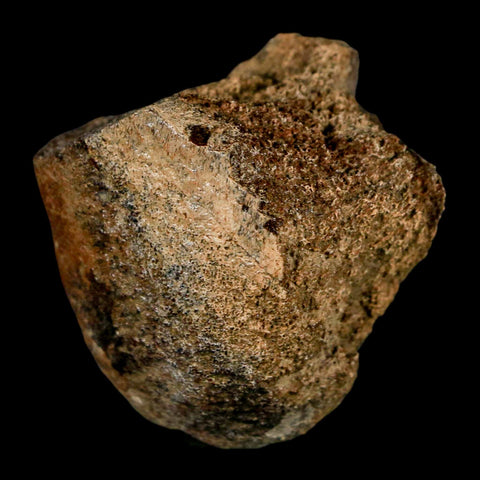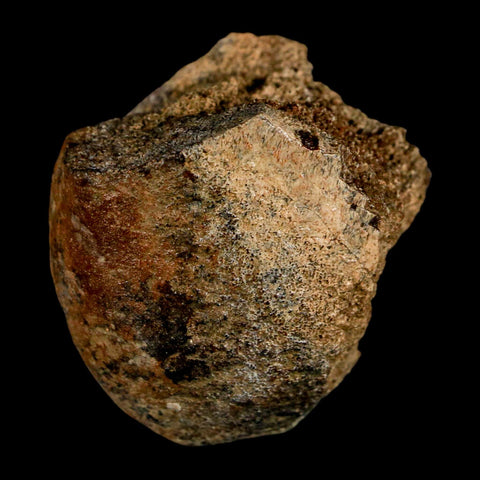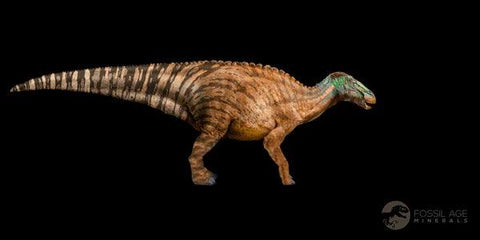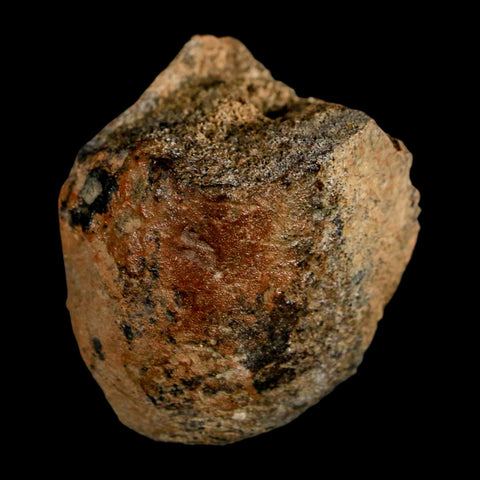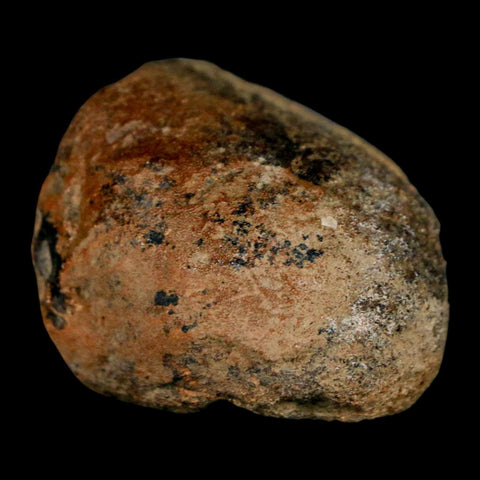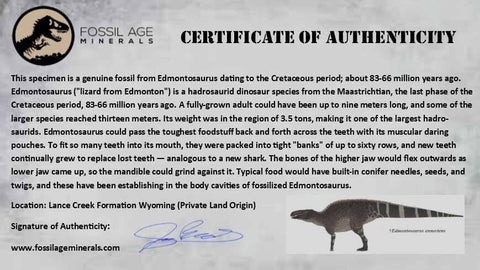1.9" Edmontosaurus Fossil Limb Bone Lance Creek FM Cretaceous Dinosaur WY COA
Location: Lance Creek Formation, Wyoming (Private Land Origin)
Weight: 2 Ounces
Fossil Dimensions: 1.9 Inches Long, 1.7 Inches Wide, 1.4 Inches Thick
Comes with a Certificate of Authenticity.
The item pictured is the one you will receive.
Edmontosaurus, meaning “lizard from Edmonton,” was a large hadrosaurid dinosaur that lived during the Maastrichtian stage of the Late Cretaceous period, around 71–65 million years ago. Native to North America, adults could reach up to nine meters in length, with some species growing as long as thirteen meters, and weighed approximately 3.5 tonnes, making it one of the largest herbivorous dinosaurs of its time.
This duck-billed dinosaur had a specialized feeding system, with up to sixty rows of teeth that were continuously replaced to grind tough vegetation, including twigs, seeds, and conifer needles. Muscular cheek pouches helped move food across the dental battery, while flexible jaw bones allowed efficient chewing. Fossil evidence shows it fed both on low vegetation and shrubs, highlighting its adaptability as a ground-level and low-browsing herbivore.
Fossilized skin impressions from Wyoming reveal scaly, leathery skin and tubercles along the neck, back, and tail, giving Edmontosaurus a distinctive duck-like appearance. It was primarily bipedal but could also move on all fours, with forelimbs adapted for support and strong hind limbs for locomotion. Its low-tilted spine allowed feeding close to the ground, and although it lacked defensive adaptations, sharp eyesight, hearing, and smell helped it detect predators.
Studying Edmontosaurus provides insight into the anatomy, behavior, and ecological role of Late Cretaceous hadrosaurid dinosaurs, making it a key species for understanding North American prehistoric ecosystems.



